Which Is Right For You?
BMW offer a varied range of SUVs to cater for a wide market. Two of the vehicles in their X Range, the X1 and the X2, may appear to be incredibly similar, but in reality, there are some core differences that set these two vehicles apart.
We're going to take you through a direct comparison of the X1 and X2 so if you are torn between these two SUVs, your choice will soon become clearer.
Design
As both vehicles are nearly identical in dimensions, the big differences between the X1 and the X2 is in the shape of the vehicle. Described as a Sports Activity Vehicle (SAV); which many would call an SUV, the X1 exhibits a sturdy shape with a high rear-end and a more traditional 4x4/SUV style.
On the other hand, the X2 is a more contemporary take on the compact SUV, being characterised by BMW as a ‘Sports Activity Coupe’ (SAC). This translates as an SUV with a coupe-inspired shape, a style that is becoming increasingly popular but is still uncommon amongst smaller SUVs. The X2 exhibits this form with a sleek tapered roofline and narrower windows that show off the muscular wheel arches.
The X1 is a more traditional SUV design if that's what you prefer, whereas the X2 has more of a coupé-style appearance.
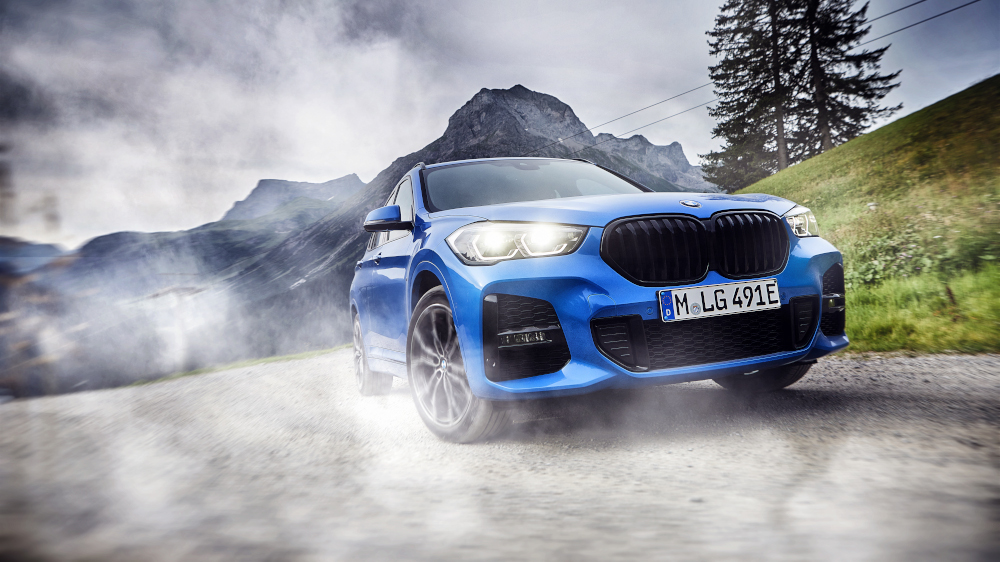
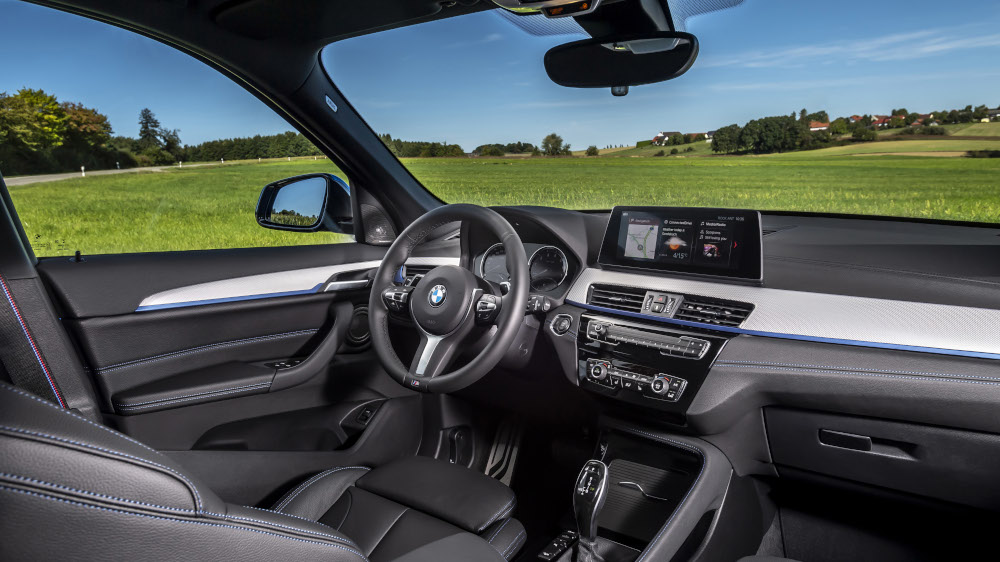
Interior
X1 models right through the range are generously equipped with features like sat-nav and a powered tailgate as standard. All trim levels come with an 8.8 inch display positioned at the same level as the instrument dials, while the rest of the cabin is clad in high quality finishes. There are of course plenty of optional extras to customize the BMW X1, including a panoramic roof and a variety of upholstery colours.
The X2, again unsurprisingly, isn’t wildly different from the X1 when it comes to equipment. Standard technology is generous and the dashboard has a logical, uncomplicated layout. Only a 6.5 inch screen is standard and is upgradable to 8.8 inches, but both are crisp and easy to operate. Like the X1, dual-zone climate control is standard and a premium feel is assured across the whole cabin. The lower ride height of the X2 does feel noticeably sportier, making the vehicle feel more akin to the BMW 1 Series hatchback rather than a high riding SUV.
Both vehicles are fairly neck and neck in terms of technology, so perhaps think about whether you value a sportier feel behind the wheel.
Practicality
Interior space is certainly a strength of the BMW X1, with generous head and legroom even for rear passengers around the 6ft mark. Front passengers are also well accommodated, with generous seating options and plentiful storage. Practical touches are common throughout; with all four door bins capable of holding one-litre drinks bottles, useful storage for a family on the move. The X1 boasts a handy 505 litres of boot space with the rear seats in place, which is certainly competitive with other compact SUVs.
The BMW X2, perhaps surprisingly given its focus on more aggressive styling, doesn’t compromise too much on interior space. Slimmer rear doors will make entry slightly less graceful; yet when inside, legroom is still generous. It is worth noting however, that taller rear passengers will notice less headroom when compared to the X1 due to the ‘coupe’ roofline. Boot storage is also sacrificed by 35 litres compared to the X1, with 470 litres luggage space available. This is still a very competitive boot size for a car with such an emphasis on style; however, the high boot lip can make loading and unloading a little more difficult.
If you regularly carry taller rear passengers and luggage, you may find the X1 offers that bit of extra room.
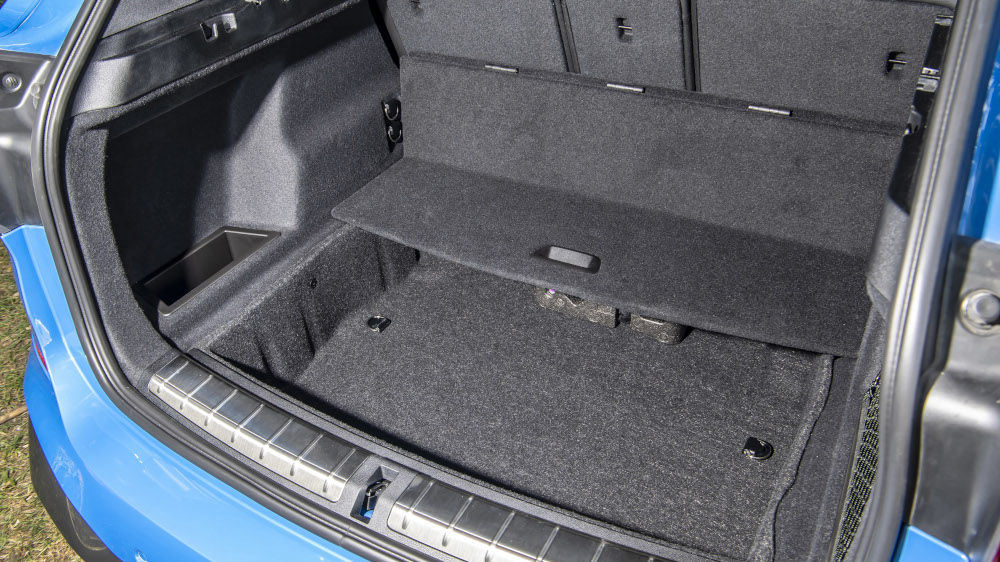
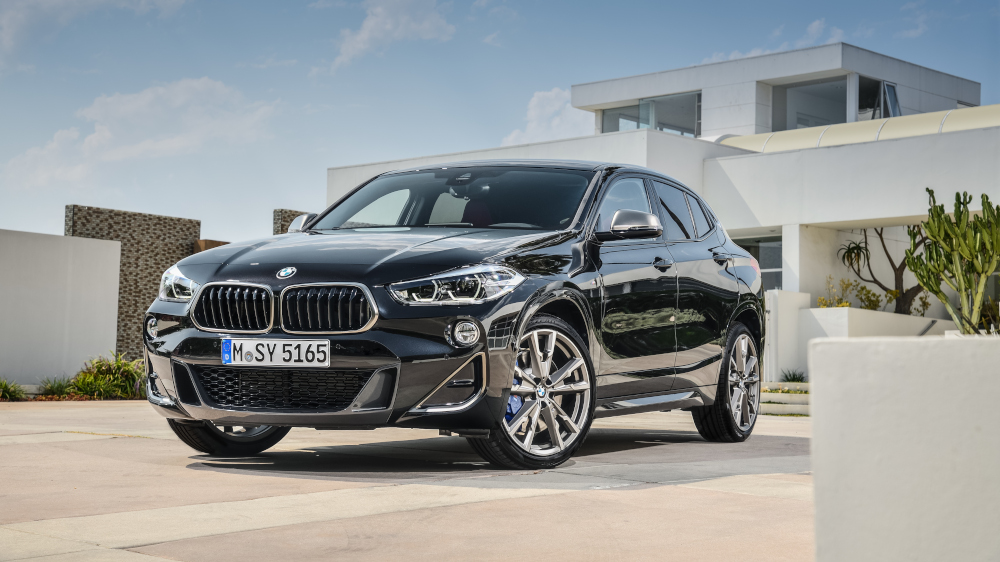
Performance
Both vehicles, being derived from same basic underpinnings, have access to a similar engine line-up. Petrol options for both vehicles include the 18i and 20i engines, which return agile handling and sporty acceleration. Likewise, BMW’s turbo diesels are well represented by the 18d and 20d engines, offering efficient fuel usage and strong performance at cruising speed.
As expected from vehicles in BMW’s ‘X’ range, the X1 and X2 have the choice between sDrive and xDrive, which are BMW’s terms for FWD and AWD respectively. sDrive vehicles are more lightweight, translating into more agile handling and also greater fuel efficiency. xDrive offers all-wheel-drive stability and grip, perfect for those looking for a more secure drive or better performance in rural areas.
In typical BMW fashion, an engaging drive is guaranteed on both vehicles; though depending on trim level, varied levels of comfort or sportiness can be specified. Entry-level SE trims are the most comfortable with smaller wheels and softer suspension; while the Sport trim comes with firmer suspension and larger wheels for more dynamic handling. The top of the line M Sport trim gives even larger wheels and lower, stiffer suspension for a more engaging drive, at the expense of some comfort.
For those looking for a more exhilarating driving experience, the X2 range features the X2 M35i, a powerful BMW M tuned vehicle. The BMW X1 lacks a performance model, so if you want the combination of SUV practicality and sports car performance, the BMW X2 is the only option. It’s good then that this comes with some eyebrow–raising stats; going from 0-62mph in just 4.9 seconds thanks to a powerful 4-cylinder twin-turbo engine.
Another significant deviation between the two models is a hybrid powertrain option. The BMW X1 is available to order with a brand new plug-in hybrid powertrain. The BMW X1 Hybrid xDrive25e features a 1.5 litre engine with a specially designed electric motor, which can offer up to 35 miles of dedicated electric driving.
If your focus is on performance, the X2 can be acquired with a more powerful engine. However, if you want to drive a little greener, the Hybrid variant of the X1 could be ideal.
Price
Both vehicles are similarly priced, with the X1 ranging from £30,555 - £38,145. The presence of the performance X2 M35i gives the X2 a price range of £32,495 - £44,235, though prices will almost mirror the X1 on shared trim levels.
Unlike other vehicles in this segment, more expensive doesn’t necessarily mean better. Lower trims can offer certain advantages, while more pricey options are often for more bespoke or aesthetic requirements.
The prices aren't wildly different in general, so the amount you pay will depend on the spec you choose.
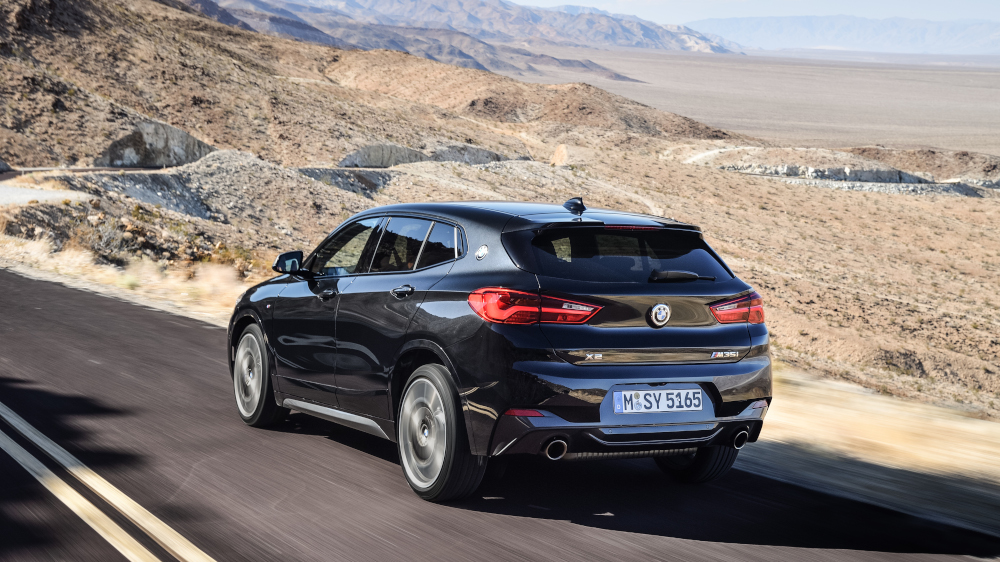
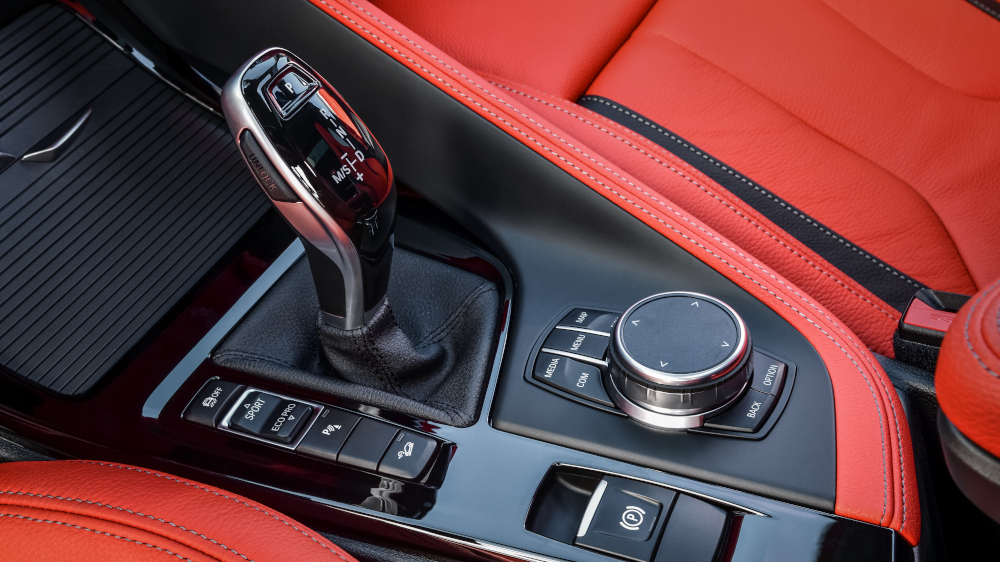
Summary
Considering what we have explored, the choice between the X1 and X2 is really rather simple.
The X1...
- Offers more practicality
- Is a more traditional SUV
- Has a more spacious body type
On the other hand, the X2...
- Focuses on fusing style and capability
- Adheres to BMW’s mantra of superior driving dynamics
- Has a sportier presence
It’s a classic decision between focused practicality or heightened style. No matter which you pick though, you are going to get a very capable vehicle with a superb driving experience.
Still struggling to decide? You can test drive each at an Inchcape BMW dealership.

